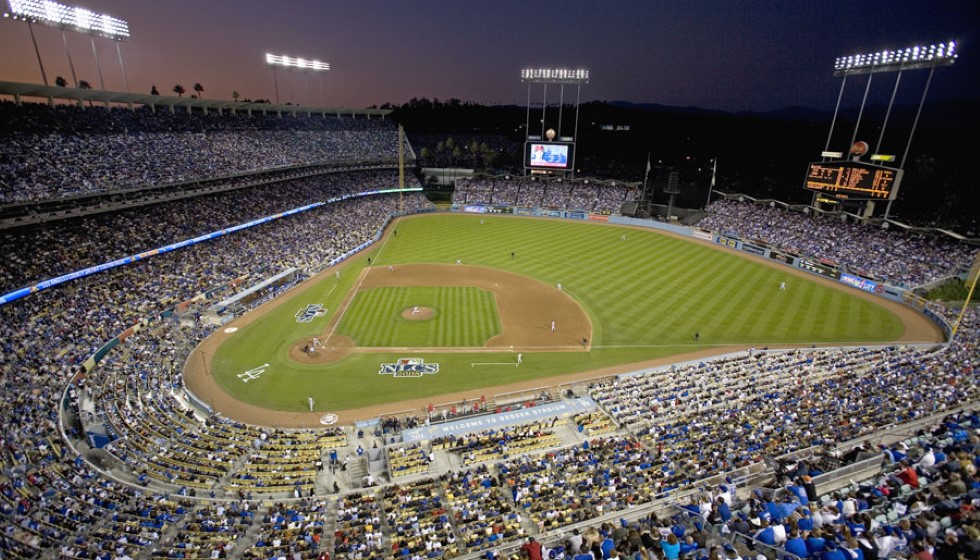
The recent Major League Baseball amateur draft brought forth a whirlwind of activity, showcasing top talents and significant financial commitments. As the dust settles, it’s time to unpack the standout moments and key decisions that defined this year's draft landscape.
Key Signings Shape the Draft
Trey Yesavage and Vance Honeycutt were among the headline names engaging with their respective teams just before Thursday's signing deadline. The Toronto Blue Jays secured Yesavage, the 20th overall pick, with a substantial $4,175,000 bonus. Not far behind, the Baltimore Orioles inked Honeycutt, chosen 22nd, with a $4 million agreement.
Further ahead in the draft, Konnor Griffin landed the ninth overall spot, aligning with the Pittsburgh Pirates for an impressive $6,532,025. These deals underscore the significant monetary stakes at play, with franchises vying to secure the best up-and-comers.
Notable Decisions to Stay Uncommitted
A surprising twist emerged as four prominent players from the first 10 rounds elected to remain unsigned, choosing collegiate pathways over professional contracts. Tyler Bell, selected 66th overall by the Tampa Bay Rays, committed to Kentucky instead. Chris Levonas, who was picked 67th by the Milwaukee Brewers, opted for Wake Forest.
Ryan Prager, selected 81st by the Los Angeles Angels, also elected not to sign. Jaxon Jelkin, the 263rd pick by the New York Mets, followed suit. The Rays, Brewers, and Angels will each benefit from compensatory picks in the 2024 draft, gaining the 67th, 68th, and an additional selection after the third round, respectively.
Record-Breaking Bonuses at the Top
At the pinnacle of the draft, Wake Forest right-hander Chase Burns secured a record-breaking $9.25 million, having been selected second overall by the Cincinnati Reds. Georgia outfielder Charlie Condon matched this figure after being taken third overall by the Colorado Rockies. Not to be outdone, Travis Bazzana from Oregon State also drew an eye-opening $8.95 million bonus as the first overall pick by the Cleveland Guardians.
Financial Commitments and Franchise Expenditure
This year's draft saw a staggering total of $342 million committed to draft-eligible players, marking an 8.3% increase from the previous year's $315.8 million. Among the top spenders, the Cleveland Guardians and Colorado Rockies each allocated $19,236,100 to their selections. The Cincinnati Reds closely followed with $17,156,100.
The Oakland Athletics dedicated $16,103,900 to their draft aspirations, while the Chicago White Sox spent $15,267,500. In stark contrast, the Houston Astros were the most frugal, distributing only $6,210,412.
Fiscal Prudence and Pool Adherence
In terms of adherence to signing bonus pools, no team exceeded the permissible 5% margin. Notably, twenty-three teams navigated their limits within this margin, with the Arizona Diamondbacks spending precisely their allotted pool amount. On the other hand, six teams underspent, with Tampa Bay $250,300 and Colorado $87,300 shy of their pools.
Draft Dynamics and Future Prospects
This year's draft also highlighted the fluid nature of player agreements. Last year, only one pick from the first ten rounds remained unsigned—Caden Kendle, initially a 10th-round selection by the St. Louis Cardinals. Kendle made a striking re-entry, picked in the fifth round by the Minnesota Twins this year, subsequently signing for $147,500.
The MLB amateur draft remains an intricate dance of talent acquisition and strategic financial planning. As franchises continue to build their rosters, the impact of these decisions will reverberate through the seasons, reflecting both the promise of young talent and the precise maneuvering required to orchestrate a winning team.